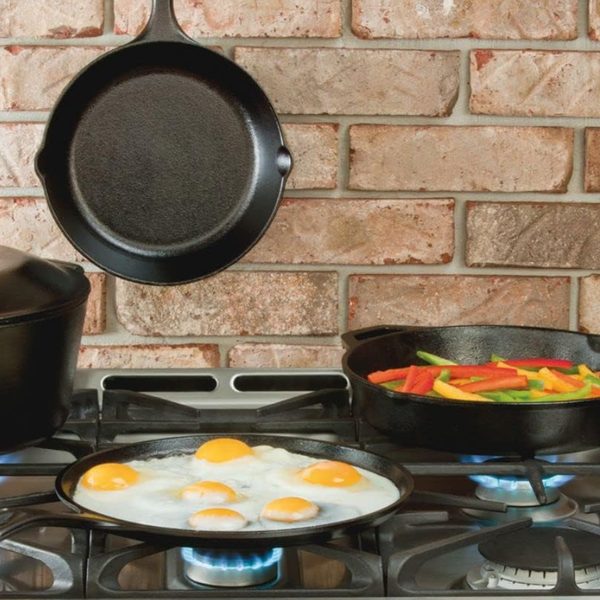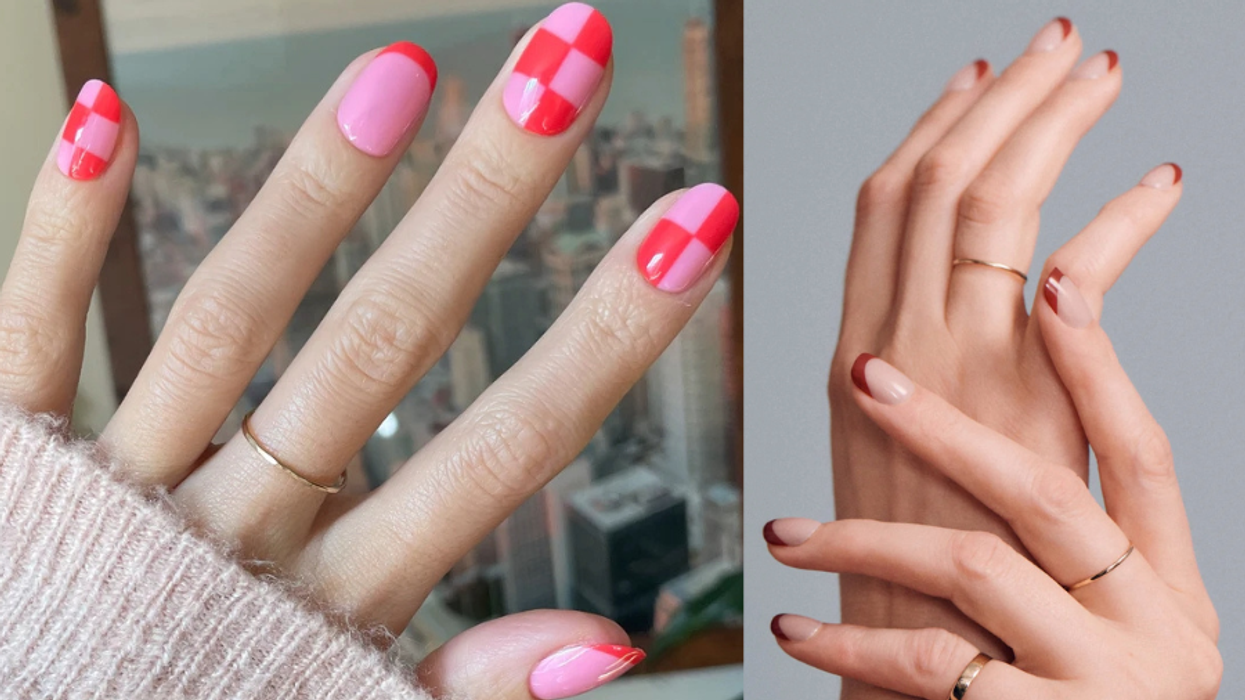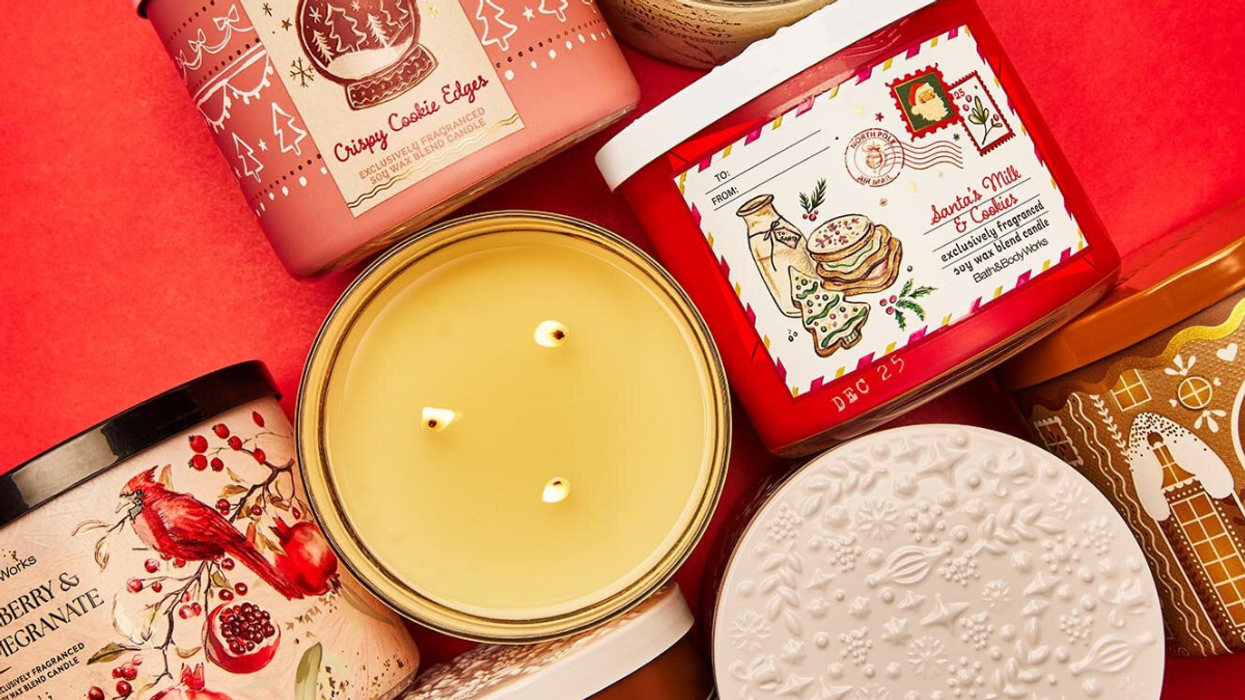Learn how to clean your Dutch oven
How to Make Your Dutch Oven Look Like New Again
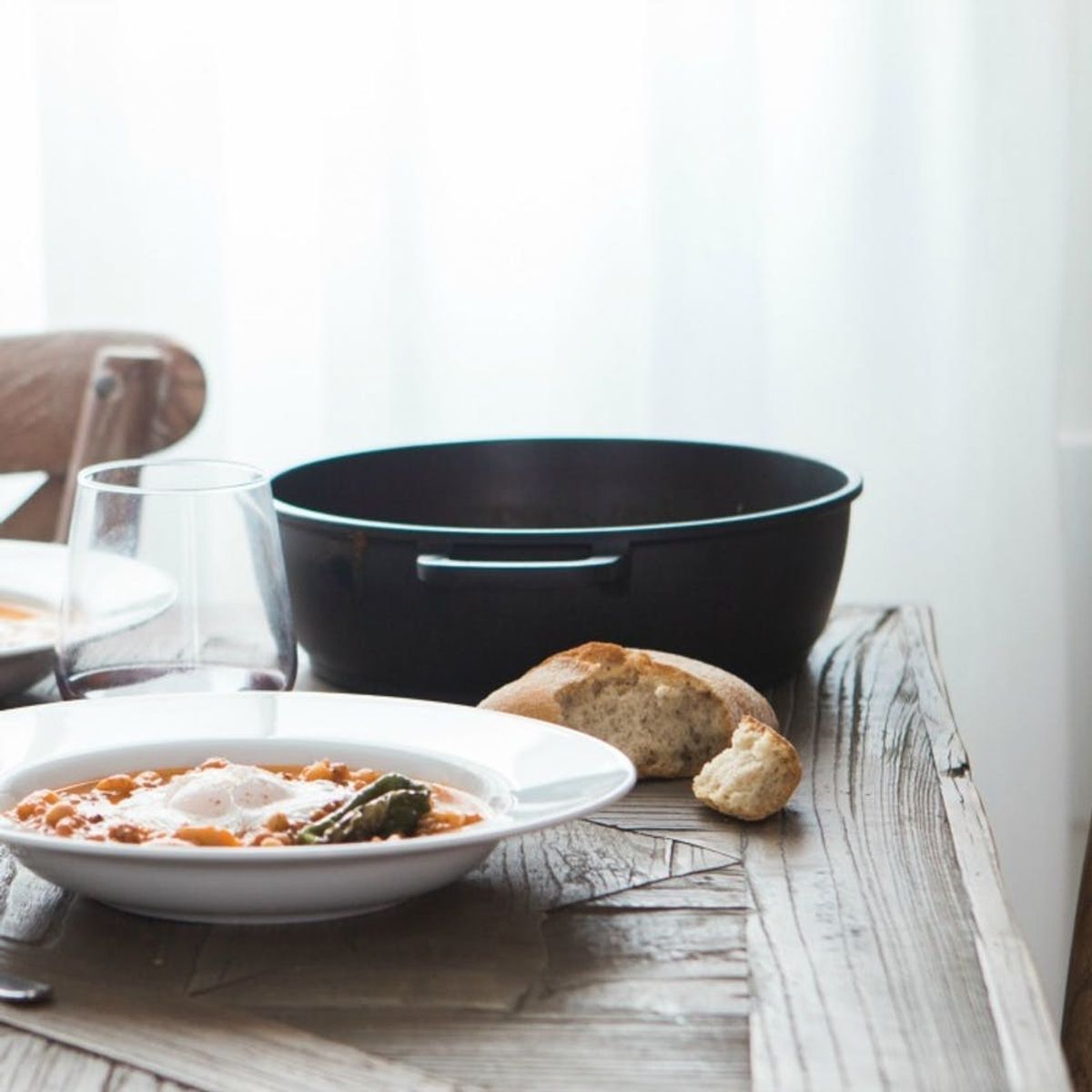
There’s a lot to love about winter, from the magic of the first snowfall to finally being able to put on your favorite snuggly sweater. But hands-down, our favorite thing is that it’s time to bust out all our trusty Dutch ovens from storage to make our favorite comfort food recipes. Since it’s been packed away for months and months, they can be downright grimy. So, before you start cooking up those fall and winter feasts, use these tips to get yours sparkling clean.
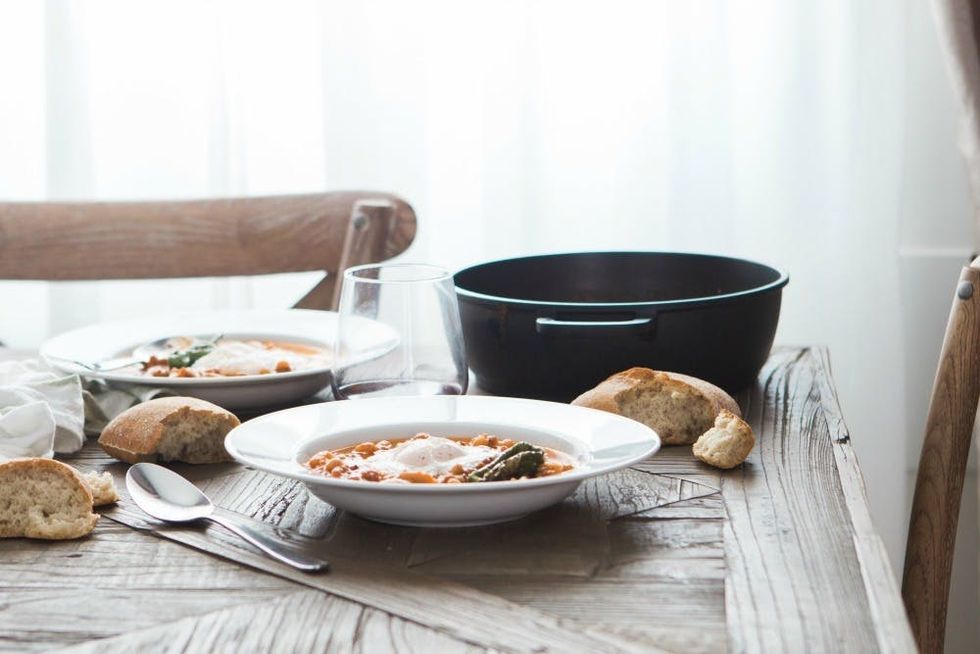
How to Clean Your Dutch Oven
These tips work on enameled cast-iron Dutch ovens to help remove stubborn stains, stuck-on foods, scorch marks, grease, and general ickiness. For best results, make sure you thoroughly clean and dry your Dutch oven every time you use it, so you aren’t left with a big cleaning job at the end of the winter. And don’t get too particular about the spotlessness of your enameled cookware — over time, slight discoloration is normal.
Hot Water and Dish Soap: For milder stains and stuck-on foods, use a combination of dish soap and hot water to clean the outside, lid, and inside of your pan. Add dish soap and boiling water to your pan when it’s extra dirty, and let it sit overnight with the lid on to help loosen any stains.
Baking Soda Paste: A thick paste of baking soda and water can be applied to any discolorations or scorch marks. Leave it on for at least 15 minutes and up to an hour, then scrub the stain away. This works on both the outside and inside of your Dutch oven.
Baking Soda and Boiling Water: Fill your Dutch oven halfway up with water and add a few tablespoons of baking soda, then bring to a boil for about five minutes, using a wooden spoon to scrape away any stuck-on food. Once the oven has cooled to a safe temperature, finish cleaning it with soap and water.
Baking Soda and Vinegar: Make a paste of baking soda and water and spread it evenly on any areas of your Dutch oven, inside or out, you want to clean. Let it sit until mostly dry. Then, fill a spray bottle with white vinegar, and spritz your pan. The mix should bubble up, and you can then scrub away any debris.
Baking Soda and Peroxide: Add an inch of hydrogen peroxide to your pot along with a few teaspoons of baking soda. Simmer for 10 minutes and scrub at any stubborn stains with a heat-resistant scrub brush.
Bar Keeper’s Friend:Bar Keeper’s Friend uses oxalic acid to remove stuck-on food and scorch marks from your enameled cast-iron, inside and out.
Self-Cleaning Oven: When all else fails, pop your Dutch oven (sans lid) into your self-cleaning oven and let the machine work its magic. When the cycle is over, wait until the pot is cool enough to handle, then wipe away any ash or residue. This method is harsh, so use it as a last resort.
What Not to Use With Your Dutch Oven
Enameled cast-iron Dutch ovens are pretty resilient, but there are a few things you should avoid if you want to keep them in top-notch condition.
Steel Wool: Steel wool can scratch the enamel of your Dutch oven, making food stick and slowly degrading the quality of your pan over time. Instead, use plastic or nylon scrubbers to get stubborn stains out.
Metal Utensils: Similarly, you shouldn’t turn to metal utensils, including spatulas, to try and scrape food and stains off of your enameled cast-iron cookware.
Citrus-Based Cleaners: Citrus-based cleaners can dull the shine of your pot, so leave those for other cleaning tasks instead.
For more essential kitchen tips, follow us on Pinterest.
(Photo via Brooke Lark/Unsplash)


